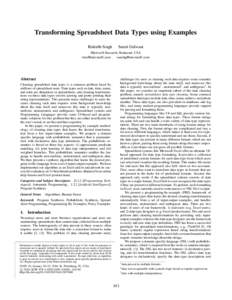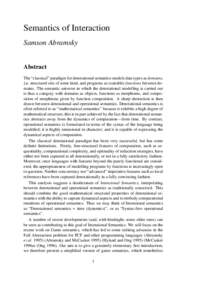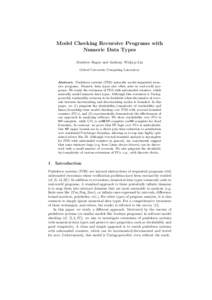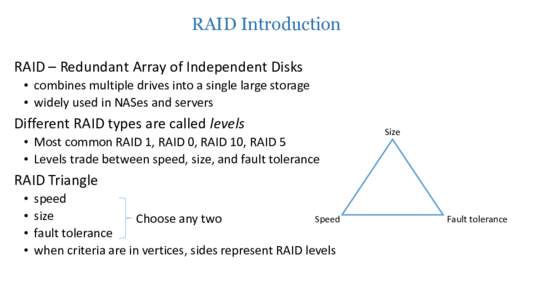<--- Back to Details
| First Page | Document Content | |
|---|---|---|
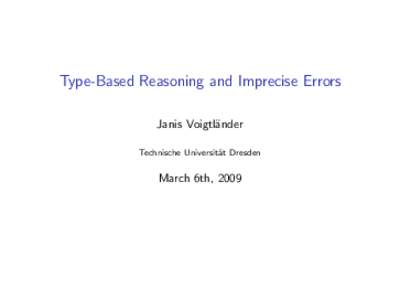 Date: 2016-08-01 05:50:10Software engineering Declarative programming Data types Computing Type theory Functional programming Object-oriented programming Polymorphism Map Ordinal number Boolean data type CurryHoward correspondence |
Add to Reading List |
 Type-Based Reasoning and Imprecise Errors Janis Voigtl¨ ander Technische Universit¨ at Dresden
Type-Based Reasoning and Imprecise Errors Janis Voigtl¨ ander Technische Universit¨ at Dresden